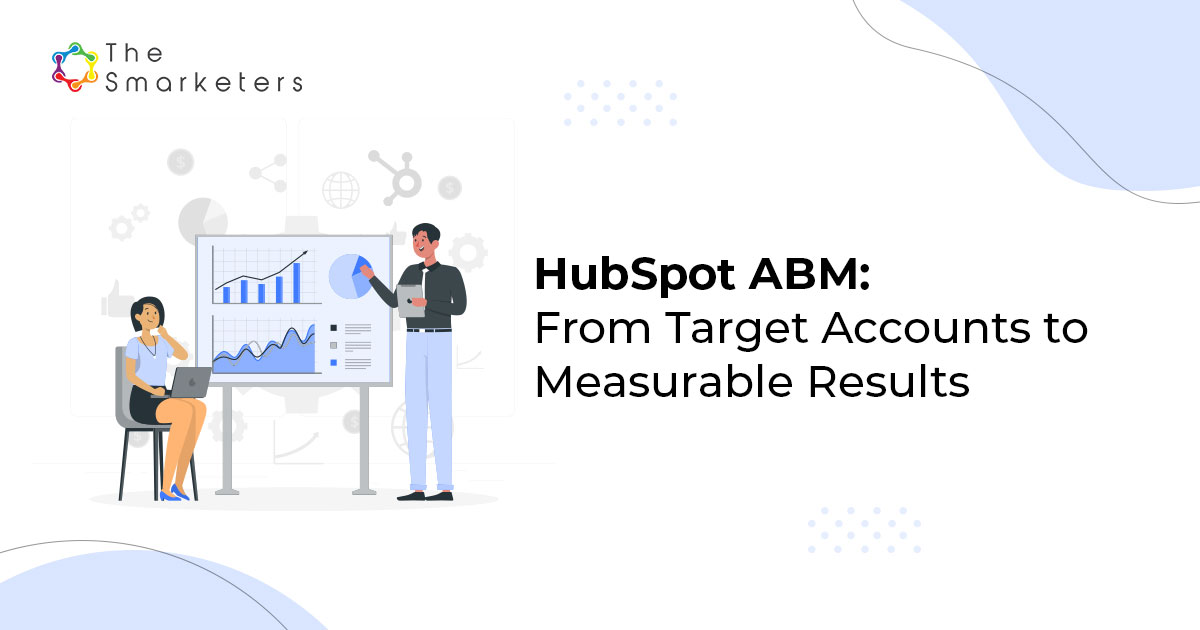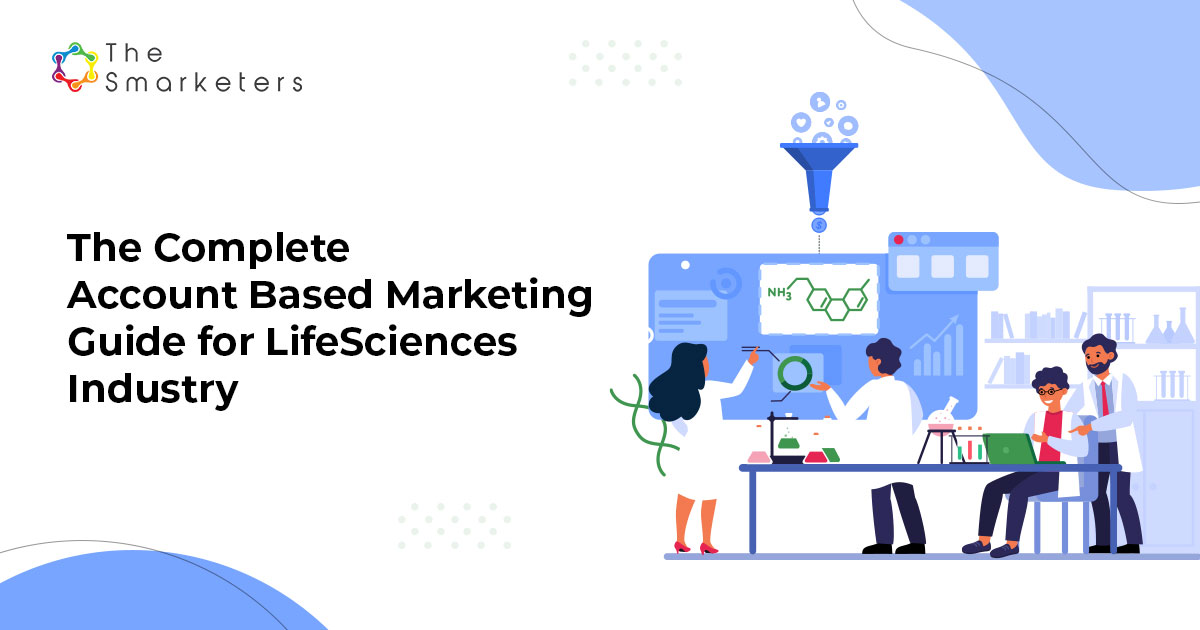In the dynamic realm of marketing, characterized by rapid campaign launches and ever-shifting consumer preferences, a distinguishing factor sets apart the frontrunners: the adept utilization of marketing analytics. If you’ve ever found yourself shooting in the dark with your marketing efforts, uncertain about their true impact, this blog is your guiding light—a compass to navigate the data-driven landscape and shed light on the actual influence of your marketing campaigns.
Get ready to uncover the secrets of using data-driven insights to elevate your marketing strategies. Put an end to all the marketing guesswork and embrace a future where solid data guides every decision.
The Power of Marketing Analytics
Marketing analytics is not just another buzzword; it’s the compass that can guide your marketing strategies toward success. At its core, marketing analytics is the practice of collecting, analyzing, and interpreting data to understand the performance of your marketing efforts. It enables you to answer critical questions like:
- Is our marketing budget being used effectively?
- Which campaigns are delivering the best results?
- How can we better understand our target audience?
- What trends are emerging in our market?
The Benefits of Marketing Analytics
Let’s explore why embracing marketing analytics is more crucial than ever for businesses:
- Data-Driven Decision Making: In a world awash with data, making decisions based on gut feelings is no longer an option. Marketing analytics provides concrete insights, helping you make informed campaign decisions. It allows you to identify what’s working and not, so you can allocate resources more effectively.
- Lead Prospecting: Marketing analytics enhances lead prospecting by leveraging third-party data providers to enrich basic engagement data with comprehensive demographic and firmographic information. This transformation enables advertisers to identify qualified leads more easily and engage in precise audience targeting, ultimately streamlining the lead-generation process.
- Campaign Performance Monitoring: Marketing analytics, particularly in online advertising, empowers campaign managers to monitor ad performance in real-time. This real-time visibility allows marketers to swiftly identify high-performing and underperforming campaigns, making data-driven decisions such as reallocating resources to successful campaigns and optimizing ad spend for improved results.
- Demand Forecasting: Marketing analytics leverages historical data and sophisticated forecasting models to identify trends and anticipate shifts in demand. This includes accounting for variables like seasonality, enabling marketers to make informed decisions regarding campaign adjustments and product offerings. Predictive analytics acts as a valuable tool, providing insights that offer a competitive edge and faster access to relevant information.
- Cost-Effectiveness: Marketing budgets are often limited, and wasting resources on ineffective strategies can be costly. By leveraging marketing analytics, you can identify underperforming campaigns early on and reallocate your budget to initiatives that yield better results. This efficiency can make a significant difference in your ROI.
- Enhanced Customer Experience: Today’s consumers expect personalized experiences. Marketing analytics helps you understand your audience on a deeper level, enabling you to tailor your marketing strategies to individual preferences. This personalization can lead to higher engagement, greater customer loyalty, and increased conversions.
- Competitive Advantage: In the highly competitive landscape of marketing, staying ahead of the curve is essential. Marketing analytics allows you to track market trends, monitor your competitors’ activities, and adapt your strategies accordingly. This agility can give you a crucial edge in the market.
Types of Marketing Analytics Techniques
To harness the full potential of marketing analytics, it’s essential to understand the various types of analytics at your disposal:
- Descriptive Analytics: Descriptive analytics summarizes historical data to provide a clear picture of past marketing performance. It’s like looking in the rearview mirror to understand where you’ve been.
- Predictive Analytics: On the other hand, predictive analytics is all about forecasting future trends and outcomes based on historical data. It helps you anticipate customer behavior and make proactive decisions.
- Prescriptive Analytics: Prescriptive analytics takes things a step further by predicting future outcomes and recommending specific actions to achieve desired results. It’s like having a marketing consultant in your data.
- Social Media Analytics: Social media plays a significant role in modern marketing. Social media marketing analytics tools allow you to measure the effectiveness of your social media campaigns, track engagement, and understand the sentiment of your audience.
- Web Analytics: Web analytics tools like Google Analytics provide valuable insights into the performance of your website. You can track user behavior, identify popular pages, and measure the success of your online marketing efforts.
- Sentiment Analysis: Sentiment analysis uses natural language processing to determine whether customer comments or reviews express positive, negative, or neutral sentiments. It provides insights into customer satisfaction, helping businesses refine their offerings and messaging.
How To Measure the Impact of Marketing Campaigns with Marketing Analytics?
Successfully executing a marketing campaign is just one half of the battle; the other half lies in assessing its impact. Leveraging marketing analytics can help you measure your campaigns’ effectiveness, enabling you to make data-driven decisions for future endeavors. Here’s a step-by-step guide marketing analytics process to measure the impact of your marketing campaigns.
- Set Clear Objectives and KPIs
Before launching any marketing campaign, defining clear objectives and key performance indicators (KPIs) is crucial. These should align with your overall business goals. By establishing these benchmarks, you create a roadmap for your analytics efforts.
- Choose the Right Tools
Selecting the appropriate marketing analytics tools is essential for accurate measurement. While Google Analytics serves as a foundational tool for web data, consider additional solutions like Mixpanel for event tracking or Tableau for advanced data visualization to gain deeper insights.
- Data Collection
Effective data collection is the backbone of marketing analytics. Ensure that you have tracking mechanisms in place to capture the necessary data. This might involve implementing tracking codes, setting up analytics dashboards, and integrating data from various sources.
- Data Analysis
After your campaign has run its course, delve into data analysis. Utilize statistical methods and data visualization to interpret the data you’ve gathered. Compare KPIs against the metrics you’ve collected to assess campaign performance.
- Calculate ROI
Return on Investment (ROI) is a critical metric for evaluating the effectiveness of your marketing campaigns. Calculate ROI by subtracting the campaign costs from the revenue generated, then dividing by the campaign costs and multiplying by 100 to express it as a percentage.
- Generate Insights
Data analysis should go beyond reporting numbers; it should provide actionable insights. Identify trends, patterns, and areas for improvement. For example, are certain ad creatives driving more conversions than others? Is there a specific time of day when your website sees the most traffic?
- Implementation and Evaluation
Use the insights gained from your analysis to implement changes and optimizations to your marketing campaigns. Whether it involves tweaking ad copy, adjusting targeting parameters, or reallocating the budget to high-performing channels, make data-driven adjustments and continue to evaluate their impact.
- Continuous Monitoring
Understand that marketing analytics is an ongoing commitment. Continuously monitor your campaigns and relevant metrics. Scheduled check-ins on your data allow you to spot trends, anomalies, or deviations early on.
- Implementing Insights
Once you’ve gleaned valuable insights from your data analysis, implement changes to your marketing campaigns, strategies, and tactics. For example, allocate more resources to high-performing campaigns and refine those underperforming.
- Iterative Refinement
The process doesn’t end with implementation; it evolves into an iterative refinement cycle. Continually assess the impact of the adjustments you’ve made. Adaptability and a willingness to fine-tune your strategies are key to staying ahead in the dynamic landscape of marketing.
Key Marketing Analytics Metrics
Since we are talking about measuring the impact of marketing campaigns via marketing analytics, metrics play a pivotal role. Marketing analytics encompasses a wide range of metrics that help businesses measure the effectiveness of their marketing efforts. Here are some key marketing analytics metrics:
- Conversion Rate: The conversion rate measures the percentage of website visitors who take a desired action, such as making a purchase or signing up.
Formula: (Number of Conversions / Number of Visitors) * 100
- Bounce Rate: Bounce rate is the percentage of visitors who leave your website after viewing only one page, indicating a lack of engagement.
Formula: (Number of Single-Page Sessions / Total Sessions) * 100
- Click-Through Rate (CTR): CTR measures the percentage of people who click on a specific link, often used in email marketing and online advertising.
Formula: (Number of Clicks / Number of Impressions) * 100
- Cost Per Click (CPC): CPC is the average cost for each click on an advertisement, providing insight into the efficiency of your paid advertising.
Formula: Total Cost of Clicks / Number of Clicks
- Return on Advertising Spend (ROAS): ROAS calculates the revenue generated for every dollar spent on advertising, indicating the profitability of your ad campaigns.
Formula: (Revenue from Ad Campaign / Cost of Ad Campaign) * 100
- Customer Acquisition Cost (CAC): CAC represents the average cost to acquire a new customer, helping assess the efficiency of your marketing and sales efforts.
Formula: Total Marketing and Sales Costs / Number of New Customers Acquired
- Customer Lifetime Value (CLV): CLV estimates the total revenue a customer is expected to generate over their entire relationship with your business, helping assess long-term profitability.
Formula: (Average Purchase Value × Average Purchase Frequency × Average Customer Lifespan)
Best Practices for Leveraging Marketing Analytics
- Use Multiple Analytics Tools: Employ a combination of analytics tools to view your data comprehensively.
- Regularly Audit Data Sources: Review and audit your data sources to ensure data quality and accuracy.
- Set Up Custom Dashboards: Create customized dashboards to display your most important KPIs and metrics.
- Segment Your Data: Analyze different customer segments to tailor your marketing strategies.
- A/B Testing: Implement A/B tests to compare the performance of different marketing elements.
- Data Privacy and Compliance: Ensure compliance with data privacy regulations when handling customer data.
- Data Visualization: Use data visualization techniques to make complex data more understandable.
- Cross-functional collaboration: Foster collaboration between marketing, sales, and other relevant departments.
- Review and Adjust: Regularly review the performance of your marketing analytics efforts and be prepared to adjust your approach.
Illuminate Your Marketing Success with Analytics
In the ever-evolving realm of marketing, where data reigns supreme, the path to success is clear: leverage marketing analytics. It’s not just a tool; it’s your guiding light through the complexities of campaigns, audience preferences, and market dynamics. Following the best practices outlined here, you can transform your marketing endeavors into data-driven triumphs.
But here’s the secret: it doesn’t stop here. Marketing analytics is a vast frontier, always evolving, and mastering it requires ongoing dedication and expertise. That’s where we come in.
At Smarketers, we specialize in empowering businesses to harness the full potential of marketing analytics. Our team of experts is dedicated to helping you unlock deeper insights, optimize your strategies, and maximize your ROI. We’re not just your consultants but your partners in data-driven success.
Are you ready to illuminate your marketing journey? Contact us today, and let’s embark on this transformative odyssey together.












